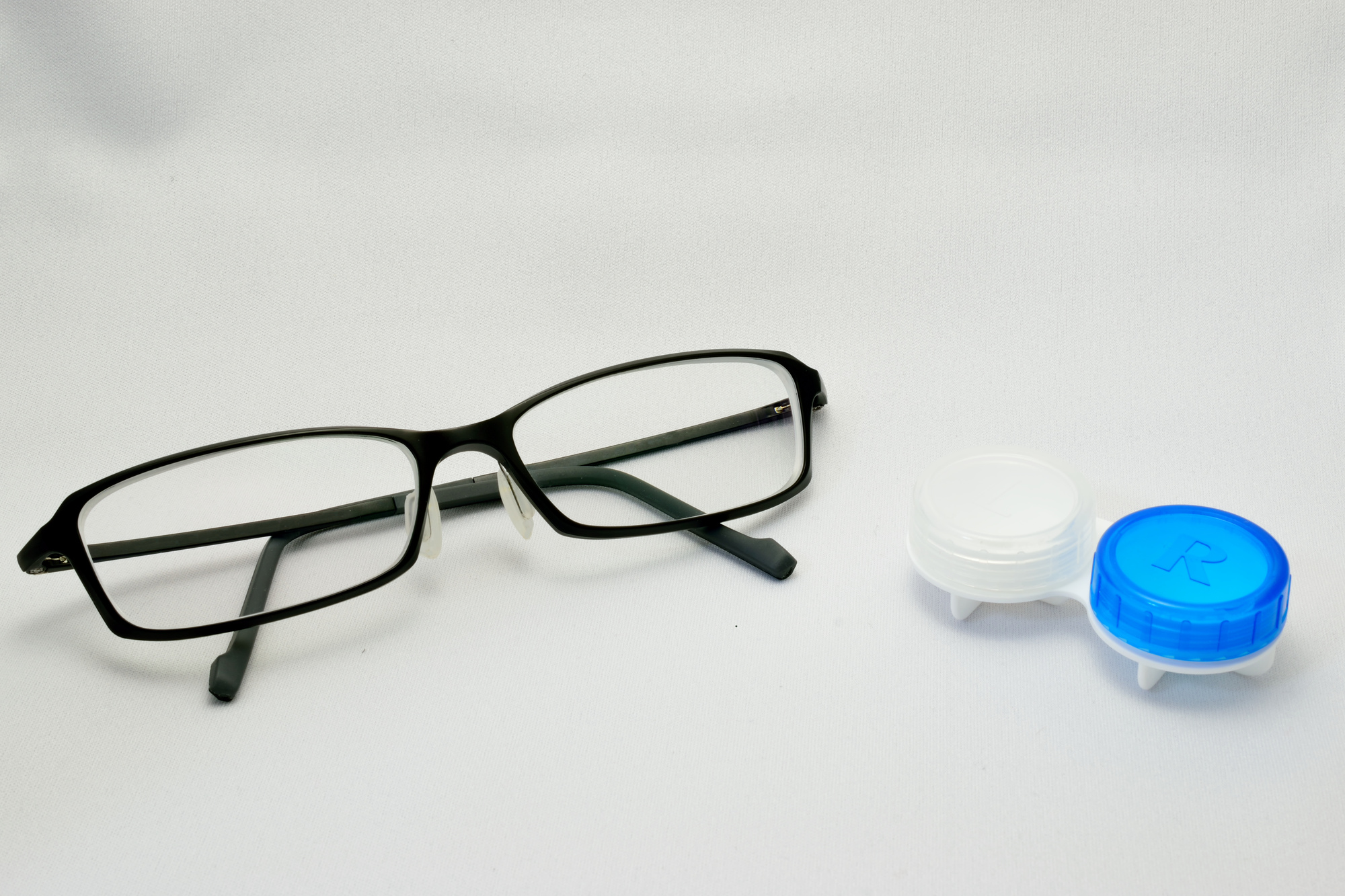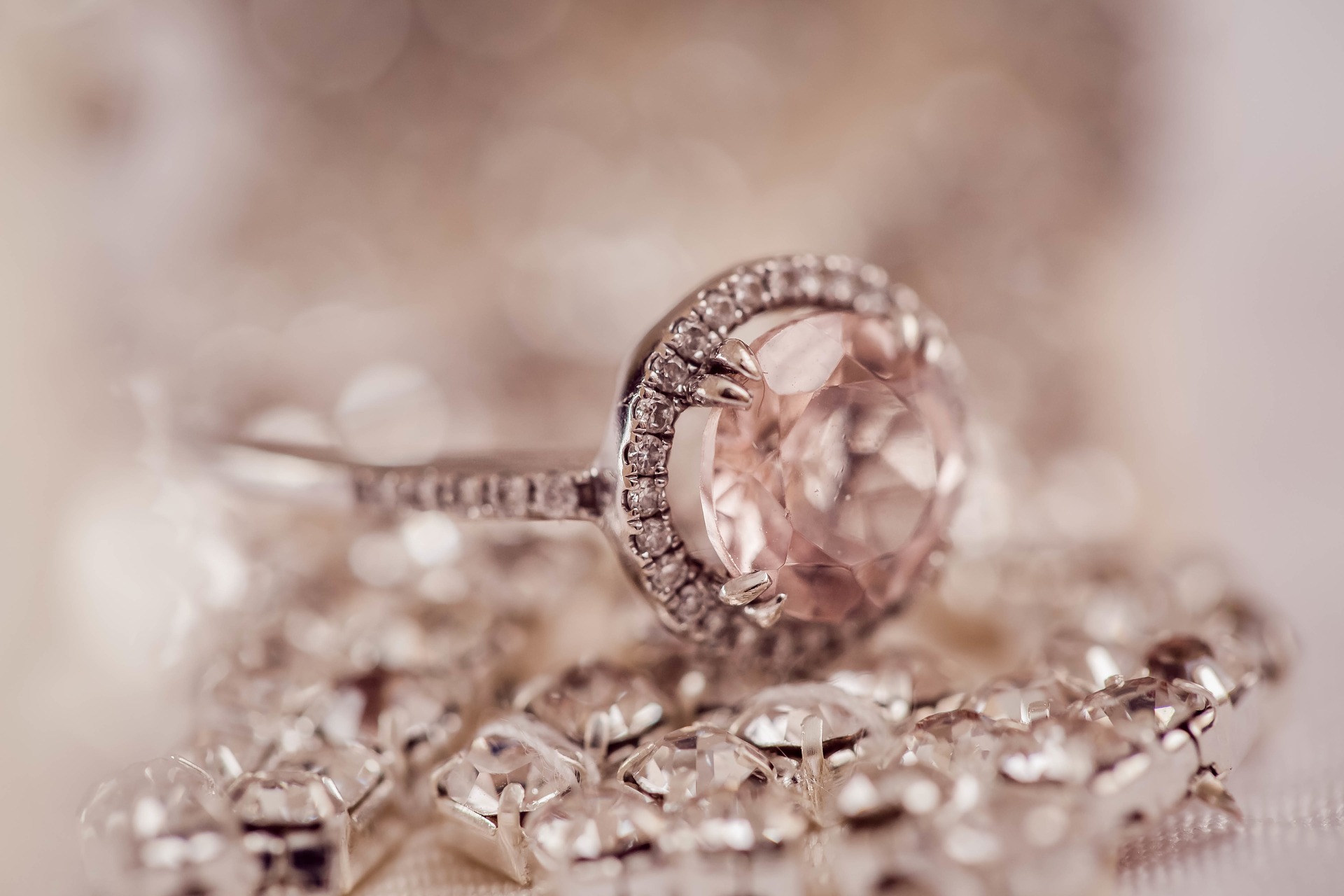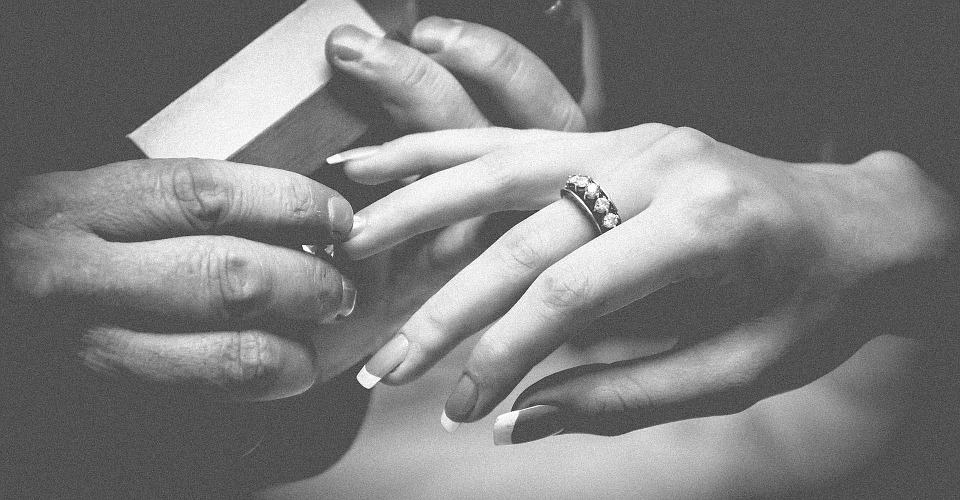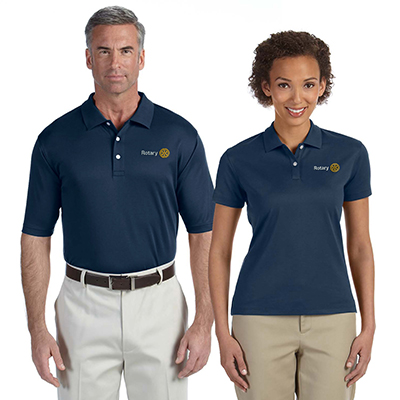Well, not really. But, choosing between contacts vs glasses can still be a very difficult decision!
Especially since when deciding between the two, it comes down to personal preference more than anything. But, what if you’re on the fence and have no idea which one you prefer over the other?
If you’re having trouble deciding whether you’re #TeamContacts or #TeamGlasses, keep
reading. We’ll walk you through deciding which eyesight improvement method is better for you.
Eyeglasses vs Contacts: Which Should You Choose?
We’re going to talk about each of these eye improvement methods, their pros and cons, and why you might want to choose one over the other.
Let’s dive right in and start with the original eye improvement method: glasses.
Glasses:
It’s always good to start with the positive, so let’s jump into the pros of wearing glasses.
Pros:
Let’s start with the good news first: the pros of wearing glasses.
Material:
Remember those thick bifocals from the 80s you’ve seen in old photos? You almost can’t help laugh at the ridiculousness of these, as it seems like no one could pull them off without looking dorky.
Luckily, the days of thick glass bifocals are far behind us. Now, glasses are made out of plastic. This is awesome news for glasses wearers, as plastic is much more lightweight and you can treat it with a protective coating.
Convenience:
Let’s face it: when it comes to contacts vs glasses, glasses are the clear winner when it comes to convenience.
Contacts can dry out, fall out of your eye, flip into your eye, and get stuck, etc. Plus, there’s the hassle of having to poke your eye every morning to put them in and poking them again at night to take them out.
Luckily, with glasses, you don’t have to deal with any of this hassle. You simply open your glasses case, pop them on your nose, and you’re good to go.
No worrying about keeping track of cleaning solutions and tiny cases. Plus, other than a regular cleaning, maintenance is pretty much nonexistent.
No Irritation:
Another great thing about contacts is that you won’t feel the need to touch your eyes when wearing them.
This reduces the likelihood of irritating your eyes and developing an infection.
Plus, for those with sensitive or dry eyes, glasses won’t exacerbate the issue the same way contact lenses can.
Price:
While glasses may cost a bit more upfront, in the long run, they are usually cheaper, as you don’t need to replace them nearly as much as you do with contacts.
Fashion:
If you’re a fashion guru, glasses are a great way to show off your personal style.
Glasses come in all sorts of colors, shapes, and styles these days, so you can have fun mixing and matching them with your outfits.
Protection:
Glasses may not be the best option for athletes, but they do provide protection against environmental factors like dust and debris. You can even buy ones with transition lenses so you can protect your eyes from the sun.
Cons:
Now, let’s dive into the other side and check out some of the cons of wearing glasses.
Fashion:
While some people love the look glasses give them, others just really don’t. Let’s face it, for better or for worse, glasses change the way you look.
Distortion:
Because of where eyeglasses sit on your face, peripheral vision can sometimes be distorted.
Also, when some people first start wearing glasses, they sometimes report having difficulty focusing on objects and blurry vision if they change prescriptions.
Discomfort:
The constant pressure of glasses on your nose and behind your ears can cause headaches, and if not headaches, just general discomfort.
Affected By Elements:
While glasses can protect you from the elements, they can also be extremely affected by them.
For example, precipitation can blur your vision and cold weather can fog them up.
Fragility:
Glasses are extremely fragile. All it takes is one slip of leaving them on the couch, sitting on them, and several hundred dollars being basically flushed down the drain.
Contacts:
Now that you know what to consider about glasses, let’s jump into contacts. We’ll start with the pros first.
Pros:
Here are the pros of wearing contacts.
Less Distortion:
When it comes to contacts vs glasses, contacts have significantly less distortion, as they conform to the curvature of your eye. This allows for a wider range of views and causes less distortion overall.
Contact lenses mold themselves to the shape of your eyes and allow you to experience vision as naturally as possible. If you are looking to buy contact lenses that fit your eye shape perfectly, please visit- https://www.contactlenses.co.uk
Appearance:
Contacts won’t clash with your outfit and won’t change the way you look. You still get to be the same old you!
And, if you want to change up the color of your eyes, you can even experiment with colored lenses!
Convenient:
While contracts can be a hassle to take in and out, they do offer a level of convenience that glasses don’t. You don’t have to take them out when exercising, and they’re completely unaffected by weather conditions.
Cons:
Now, let’s discuss some of the downsides of contact lenses.
Convenience:
Applying contacts can be very difficult for some. For some people, they simply don’t have extra minutes to waste in the morning (although practice can help!).
Syndromes:
If you stare at a computer screen all day, contacts can contribute to computer vision syndrome. Contacts can also increase the likelihood of getting dry eye syndrome.
Plus, if you fall asleep with contacts on, your eyes are more susceptible to dryness, grittiness, irritation, and infections.
Maintenance:
Maintenance with contacts can be a bit of a pain for some, as they require daily disinfecting, cleaning, and storing.
Luckily, you can get daily disposables, like ones from this company, to help keep maintenance to a minimum.
Contacts vs Glasses? Or Maybe Both?
As you can see, it’s a pretty even match when it comes to contacts vs glasses.
So, which will it be for you? Luckily, you can have the best of both worlds by getting both!
If you’re having trouble making other “big” life decisions, like how to choose the right chocolate, be sure to check out our blog!
Read Also:






















